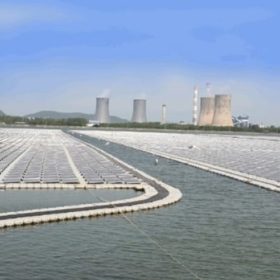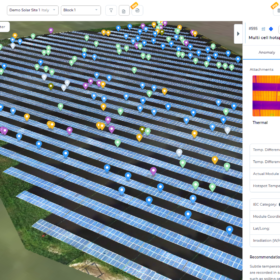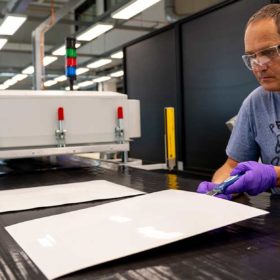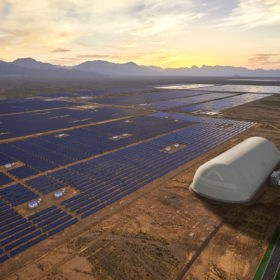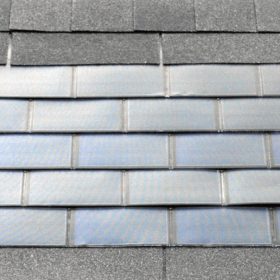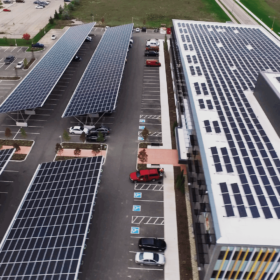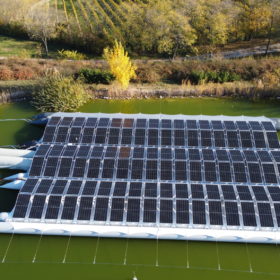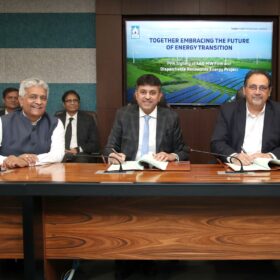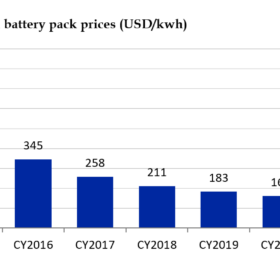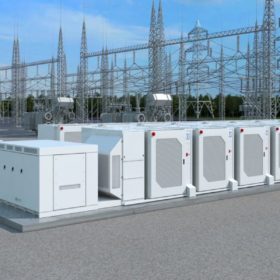The long read: A limit to PV module size
There is a threshold at which big becomes too big when it comes to PV module sizes, argues Hongbin Fang, the director of product marketing at Longi Solar. Fang recently said at pv magazine’s Roundtables USA event that despite size limits, there is still a lot of efficiency and cost-reduction potential to come.
Draft of National Green Hydrogen Mission under inter-ministerial consultations
The mission envisages commercial production of green hydrogen production in the nation from the financial year 2025-26 onwards.
NTPC awards India’s first green hydrogen microgrid project
The project would be a test case to assess the potential of solar-powered hydrogen to displace costly and polluting diesel-based energy generation systems in far-off regions of the country like Ladakh and Jammu & Kashmir.
Electrolyzer ramping from 0 to 50,000 amperes in less than 10 seconds
Developed by Canada-based Hydrogen Optimized, the electrolyzer can be used to stabilize electrical grids and optimize energy recovery from intermittent renewable power sources such as solar and wind. Furthermore, this week four more big international partnerships for developing green hydrogen were announced across Germany, the Middle East, and Australia.
US-based DroneBase acquires solar analytics firm AirProbe
With the acquisition, DroneBase adds AirProbe’s market-leading artificial intelligence solution for aerial solar inspections and proprietary data analytics and expands its reach to India, Asia, and Europe markets.
Recyclable, back-contact solar panel from the Netherlands
Conceived by a Dutch consortium, according to Design for Recycling guidelines, the panel is being developed with two different encapsulants, one for the front of the module, which joins the glass and cells together; and a slightly different formulation for the back of the module, which attaches cells and backsheet together.
Storing solar power with compressed carbon dioxide
An Italian company has developed a system that can store energy from wind, solar and grid electricity by compressing and using CO2 without any emissions. The system draws CO2 from an inflatable atmospheric gas holder, stores it, and uses it to produce power again, when demand for stored energy arises.
Defining BIPV
Incorporating solar into our built environments represents an opportunity for hundreds of gigawatts to be installed worldwide without taking up any additional land. In many cases though, this will require solutions beyond typical rooftop PV installations and much closer cooperation between the PV and construction industries. A new report published by IEA PVPS looks to bring together the interests of both worlds, and clearly categorize both the building envelope and energy functions of different BIPV components.
U.S. decarbonization goals hinge on scaling up heterojunction cell tech
HJT technology could fill an innovation gap in the residential and commercial rooftop PV market, and boost U.S. solar leadership through domestic manufacturing of cells and modules.
Puffer fish inspired floating PV structure
With a new system for floating photovoltaic power plants, engineers from Germany want to make the application cheaper, higher-yielding, and safer. The result is somewhat reminiscent of a pufferfish, which also gave the system its name.


